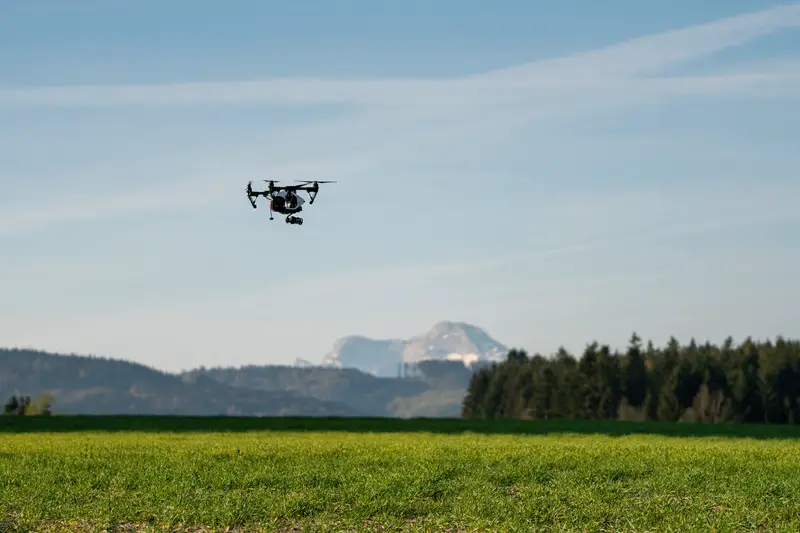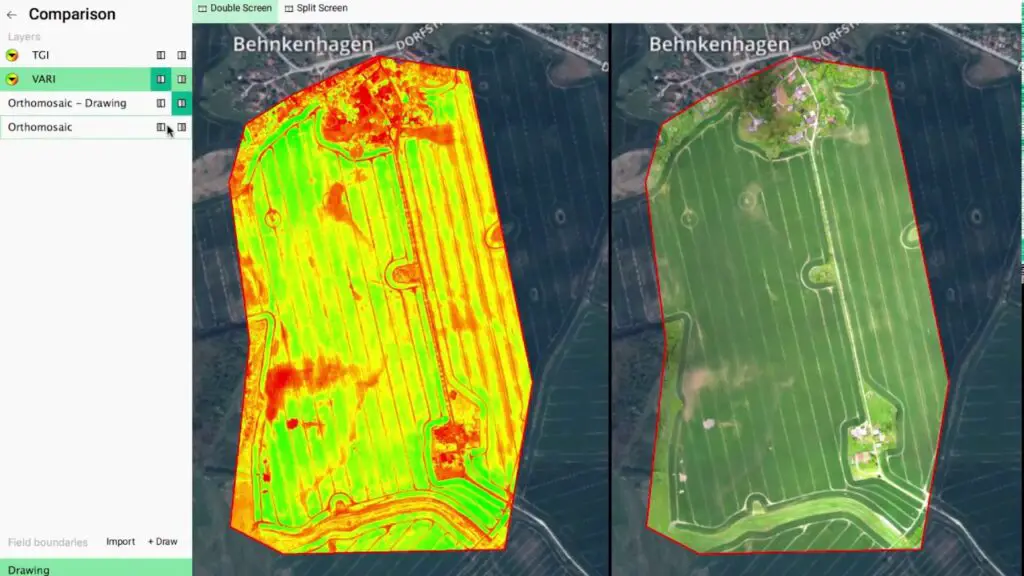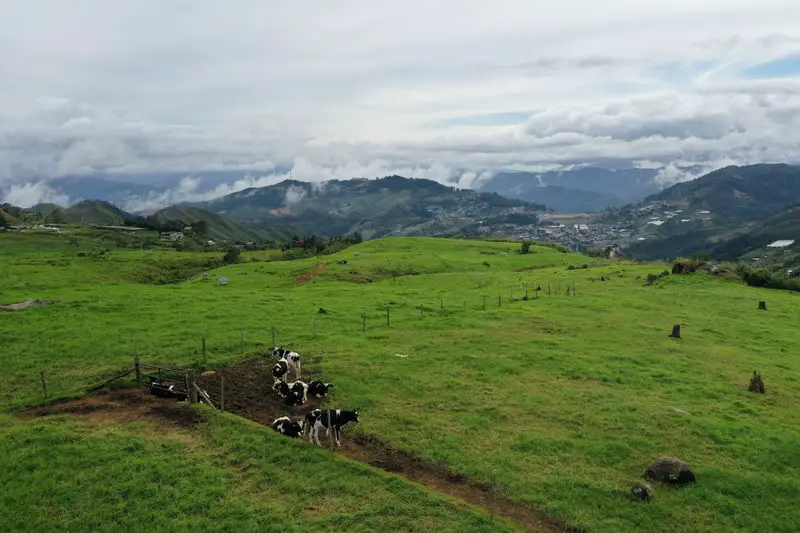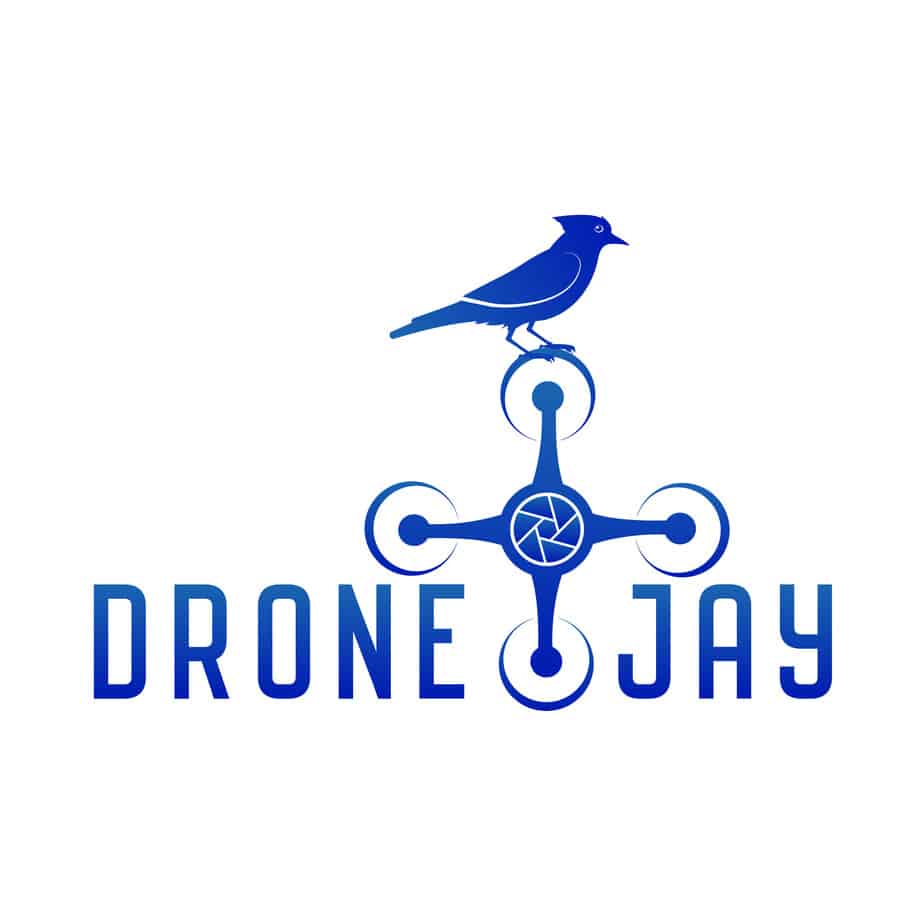In 2019, a study concluded that the average size of a US farm is around 444 acres. Such expansive territories are the reason drones started harvesting worldwide acceptance with being utilized in agriculture.
Farmers are starting to get more and more educated in the management, technology, and benefits of drones. Especially as younger/millennial farmers are stepping up and taking control of the business. They are doing their research and utilizing the amazing benefits that drones can provide.
Drones used in agriculture are now part of the precision agriculture movement. Precision agriculture sports everything innovative that has been introduced to the world of farming. It emphasizes the need for data on a farm allowing the farmer to act on this information in order to maximize the productivity and yield.
How do drones help farmers? Drones help farmers by utilizing multi-spectral cameras to assess the health of the farm and provide a complete detailed analysis using different software. They can also offer assistance on the farm by crop dusting, seeding the soil, and supervising cattle. Perhaps the greatest advantage of using drones in farming is the time saved in scouting the whole farm, minus all the footwork.

Drones can take to the sky and quickly pinpoint all areas requiring attention. This may not be easily accessible to the average observer on foot. A drone, however, should take minutes to have a complete farm analysis at hand.
Information Drones Can Provide to Farmers
Drones collect raw data from its sensors, which gets translated by software into helpful information, thanks to some neat algorithms. The most common sensor utilized is a spectral camera. A spectral camera can capture data at specific frequencies across the electromagnetic spectrum that a normal camera is unable to see.
Due to the superior spectrum that this camera is able to see, it can capture the reflections of different waves of light coming back from the farm below it. These reflected properties are used to derive vegetation indices (VIs). These indices measure the different reflected properties and can then be interpreted to give ideas on the following.
- Leaf area
- Plant greenness
- Chlorophyll levels
- Soil moisture
- Canopy coverage/density detection
- Plant counting – the size of the plant, plot statistics, compromised plots, stand number
- Plant height – density and height of crops.
- Vegetation indices – infestations, the efficacy of treatment, leaf area, and anomaly detection.
- Water needs/Water content – damage or dry patches affecting the soil.
- Overall plant healthiness.
Software Add-ons
What makes a standard drone stand out from an agriculture drone is the software purchased for it.
A lot of third party manufacturers offer subscriptions to their fully-featured software. They’re usually monthly subscriptions that start at $30 and go up to $250 per month.
This software helps take the data captured on the drone’s camera and analyze them in such intricate patterns. The final product is a complete map that provides crop information, plant population, and general crop health.
Some examples of this software are Pix4DFields, FieldAgent, DroneDeploy, and PrecisionAnalytics.
See the drone map done below with Px4DFields. You can see the red areas are in need of more water/fertilizer.

Benefits of Using Drones
Using drones correctly can boost efficiency and reduce work. Farming is a job that depends on unpredictable factors that can’t be changed completely by the farmer. Such factors include, but aren’t limited to, temperature, weather, and soil acidity.
However, using drones can be very effective in collecting the needed information, which reduces expenses besides being a great time-saving technique.
Here are the benefits of using drones on your farm.
Spectral Camera Data
The vegetation indices and other data provided by the spectral camera are a huge benefit to farmers. It can give them an idea on where their farm is in need of more or less water. A farmer might find out one of his sprinkle heads is not working as he realizes the vegetation around that area is drier. Or maybe that one corner of this farm has water built up and is flooded.
Fertilizer is expensive. By knowing where it is needed and where it is not needed can save farmers thousands of dollars in the long run. The vegetation indices can tell us this!
Detecting Weeds and Infections
Drones can be very helpful in detecting weeds and infections as they have thermal scopes. This makes the job easier for the farmer to decide the number of chemicals needed to get rid of them.
This can greatly reduce expenses and offer higher changes of healthy crops, which is exactly what a farmer wants.
Giving Data about Soil State
Physical work is not needed anymore to check your soil’s condition. Drones come with smart sensors that have the ability to collect all data about the soil. This gives you the ability to react based on accurate information collected by the drone.
It’s also a faster and more accurate way to follow up.
Spraying Crops
Drones are perfect when used in spraying crops. This limits any contact between the farmer and fertilizers.
Drones come with sensors that are able to detect damaged areas and spray them with chemicals. They’re also smart enough to ignore healthy areas. This doesn’t only save your time and effort, but it also reduces the chances of wasted chemicals, which reduces expenses.
Crop Dusting Planes are often flown by cowboy farmers and have resulted in a number of accidents and deaths. Drones can fly their programmed routes without putting anyone in danger. The most popular drone for this task is the DJI Agras T16. It is truly a beautiful piece of drone technology. Check out the promo video below on it.
Seeding the Soil
Some drones have the ability to plant seeds, which is very effective. This is probably the easiest way to plant new crops on your farm as it requires zero labor effort and nearly no time.
Drones come with sensors that help them detect the empty areas and drop seeds in there. However, you need to prepare the soil for new seeds before using the drone in shooting them.
Supervising Livestock
If you have a livestock farm, the drone is a great option for you.
Drones have the ability to detect any wounded or sick animals. Not only detect them, but they can also count the number of healthy, injured, and sick animals.

Drones can be used to look for lost animals all around the area, which saves a lot of physical work and time. A drone simply for the purpose of surveillance around the property does not have to be an expensive drone. Even a portable $400 Mavic Mini will do the trick!
Drawbacks of Using Drones
Drones can be helpful for you. However, they also have some drawbacks that you need to understand before deciding to use one.
Here are the most common drawbacks of drone farming.
Flight Time and Range
Drones are effective when they work, but unfortunately, their flight time and range is limited.
They can work for 20 minutes up to an hour, which may be not enough time to fly around the farm and detect all problems.
The radius of the drone is also limited, which can be frustrating to many farmers. However, some drones can offer more flight time and range that is probably enough, but they are expensive.
The flight time issue can be somewhat avoided by having extra batteries on hand. But then you must bring it back in to swap them.
Steep Learning Curve
Drones can be very hard to use at first. The images pictured by the drone needs an expert to be able to understand the problems detected.
A normal farmer will find it very hard to use a drone and would probably need lots of training. This can be ignored if you hire a skilled person who is responsible for drone usage.
However, day by day, new designs of drones are manufactured and found on the market, and manufacturers are always trying to make the task simpler for an average farmer that didn’t attend any training.
Greatly Affected by Weather
Drones are weather dependent. Most of them are not resistant to wind or water, so it’s nearly impossible to be able to fly them on a windy or a rainy day.
The most unsavory thing happening is probably not your drone crashing into your farm and burning some crop, but crashing in the first place.
You’re probably aware that drones with a few nifty features, like thermal imaging, can cost up to several thousand dollars. You wouldn’t want to risk flying your drone in any unfavorable conditions.
Why Don’t Farmers Use Satellite Imaging Instead?
The main difference between satellite images and images taken by a drone is resolution.
A drone can capture images with a resolution that’s down to a few centimeters per pixel. This means that a drone will achieve much higher quality and higher precision images. A satellite image will usually be pixelated by the time it reaches your crops.

Even though satellite images can still be processed for information, a drone will capture the data in realtime, whereas satellites take pictures in a weekly or monthly manner.
FAA Certification
The Federal Aviation Administration in the U.S. now requires anyone who wants to pilot a drone to have a certification as a remote pilot. This applies to any flying drone weighing 0.55 pounds to 55 pounds, that are used for educational or commercial purposes.
Farmers should use drones for the latter purpose, mainly, because they’ll use it to make key decisions on their farms.
You’re required to pass an exam with a 70% or higher grade. It contains 60 multiple choice questions and costs $160.
A farmer taking the test should study all regulations of drone aviation, physiological factors, operations of airports, physics of flight, and risk assessment.
Conclusion
Nowadays, it seems like anything technology-related is expected to explode at unprecedented rates. So, we wouldn’t be surprised if we see drone farming as the new norm in the next 10 years.
Not only can a farmer invest in a fleet of autonomous drones, but they can also improve their piloting skills, apply for a drone certification, and become a professional drone pilot.
This is becoming an essential skill in this day and age, where technology is advancing exponentially, and today’s farmers need to constantly be on top of their game. Not only that, but agriculture is becoming more and more important as our population grows. We cannot afford to be inefficient farmers we must become precise and drones can help in a massive way.
